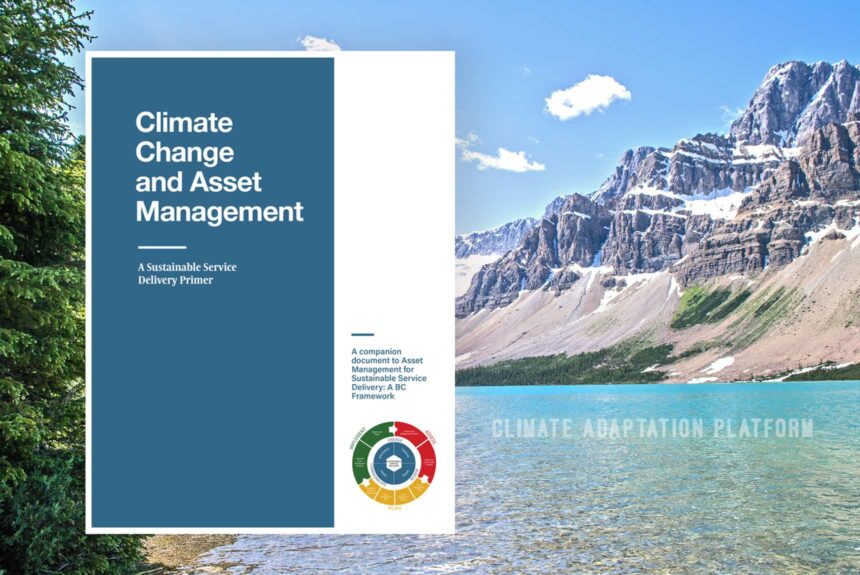Local governments are at the frontlines of climate change impacts but are uniquely positioned to respond.
Climate change represents a change in weather patterns that persist for an extended period, lasting decades or even longer. This change varies from one region to another or from local municipalities to another.
These climate variabilities can be seen through drier or wetter summers, warmer winters, increase or decrease in rain, stronger storms and cyclones, and sea level rise, resulting in severe flooding events, longer and intense and intense droughts, forest fires, and other consequences.
The British Columbia Ministry of Municipal Affairs and Housing, Union of British Columbia Municipalities, and Asset Management BC developed a primer that introduces an approach for integrating climate change throughout the asset management process for local government staff.
The Climate Change and Asset Management (AM) Primer provide an overview of the following:
- key concepts of climate change, impacts of climate change on local government infrastructure systems, cascading impacts, and climate change response (climate mitigation, climate adaptation, and recovery strategies), and understanding vulnerability and risk;
- why is it important to integrate climate change with Asset Management; and
- how to integrate climate change response throughout the Asset Management process.
Local governments need help with the ongoing resource or financial constraints amid many priorities or funding needs. Many municipalities and local councils turn to the practice of Asset Management to help optimise spending or identify projects that will provide the most significant return on investment.
AM provides a systematic approach for evaluating trade-offs between service, cost, and risk for built and natural assets.
The United Nations defines the practice of Infrastructure Asset Management as a discipline that “entails a systematic approach to managing assets – over entire life cycles and within a broader asset portfolio. It ensures that initial public investments in infrastructure are not wasted and that they adequately serve communities for generations to come.
The growing number of risks and challenges stemming from climate change, public health crises and advances in digital technology make the case for effective asset management as compelling as ever. Effective asset management helps “make cities and human settlements inclusive, safe, resilient and sustainable.”
Read the primer to know the answers to the following:
- why integrating climate change mitigation and adaptation into asset management is and cost-efficient way to implement climate change response;
- how assets can continue to provide sustainable service and how the practice of asset management increases the community’s resilience to climate change impacts;
- how asset management decisions can also help reduce GHG emissions;
- how AM helps local governments decide where and when to invest in climate adaptation, and;
- how integrating climate change into AM can help local governments manage liability risks.
Source:
Climate Change and Asset Management. A Sustainable Service Delivery Primer. Retrieved from https://www.assetmanagementbc.ca/wp-content/uploads/The-BC-Framework_Primer-on-Climate-Change-and-Asset-Management.pdf



Leave a Reply